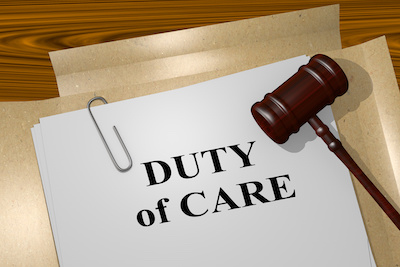When it comes to managing your work health and safety obligations, it can be daunting. Not only are there legal obligations but there are also moral obligations that you must contend with. Navigating these can be tricky even for large employers.
Most of us realise and accept that employers are required to continually assess, mitigate and control work health and safety risks from their activities but all this can be confusing especially when it ties in with meeting specific obligations.
By having an effective work health and safety system, procedures, job safety analyses, risk assessments and ensuring your training is up to date you can help meet your work health and safety obligations.
Many employers ask us the question “What about my employees’ responsibilities…don’t they have to take some responsibility as well for their actions.
Let’s take a brief look at who should be responsible for what at when.
Most legislation in Australia specifically describes the responsibilities of employer or persons in control of a business unit (PCBU). They specifically state that the primary duty of care lies with the PCBU’s to provide a safe working environment (that also covers volunteers and visitors) Added to this is the term ‘so far as is reasonably practicable’
A PCBU has further obligations if involved in specific kinds of activities like the management and control of workplaces, or fixtures, fittings or plant at workplaces, the design, manufacture, import or supply of plant, substances or structures, installation, construction or commissioning of plant or structures.
PCBUs must also have meaningful and open consultation about work health and safety with workers, health and safety representatives, and health and safety committees. Read more below on specific responsibilities.
Employees have responsibilities to ensure they comply with safety directions, initiatives and procedures and keep the workplace safe
Employees must comply (as far as reasonably practicable) with a reasonable instruction provided by the PCBU in the interests of work health and safety. We would normally see that employees complete training (develop competence), adhere and improve safety systems and documentation, consult with the PCBU and follow procedures to carry out their duties without injury to themselves or others.
Supervisors and managers are critical to ensuring a business meets its’ workplace health and safety obligations. Supervisors and Managers are inextricably linked to the safe performance of the workplace. They need to be competent to supervise and train employees, maintain safe working systems, implement safety initiatives to improve work health and safety. 
Generally speaking, any dangerous incident should be notified to the work health and safety regulator. These include things he uncontrolled escape, spillage or leakage of a substance, an uncontrolled implosion, explosion or fire, an uncontrolled escape of gas, steam or a pressurised substance, an electric shock, the fall or release from height of any plant, substance or thing, the collapse, overturning, failure or malfunction of, or damage to, plant that is required to be licensed or registered (like lifts cranes boilers), the collapse or partial collapse of a structure, including excavation or of any shoring supporting an excavation, the inrush of water, mud or gas into an underground excavation or tunnel, the interruption of the main system of ventilation to an underground excavation or tunnel PLUS a range of other incidents prescribed by various work health and safety legislation.
You must notify the regulator immediately. Don’t forget to ensure other people that may be affected by the incident are safe.
Conclusions
All PBCUs (essentially persons controlling a business) are required to identify, assess, mitigate and control risks that may impact the health, safety or welfare of those people working in or visiting your workplace.
An effective engaged workforce can help you to identify and control the risks of work. Sometimes you may need an expert to help. Safetysure can assist organisations to meet their obligations through structured processes to identify risks and manage them. Why not ask us how?
You might also like to read our Tips on how to keep ahead of the Work Health and Safety Act







Leave A Comment